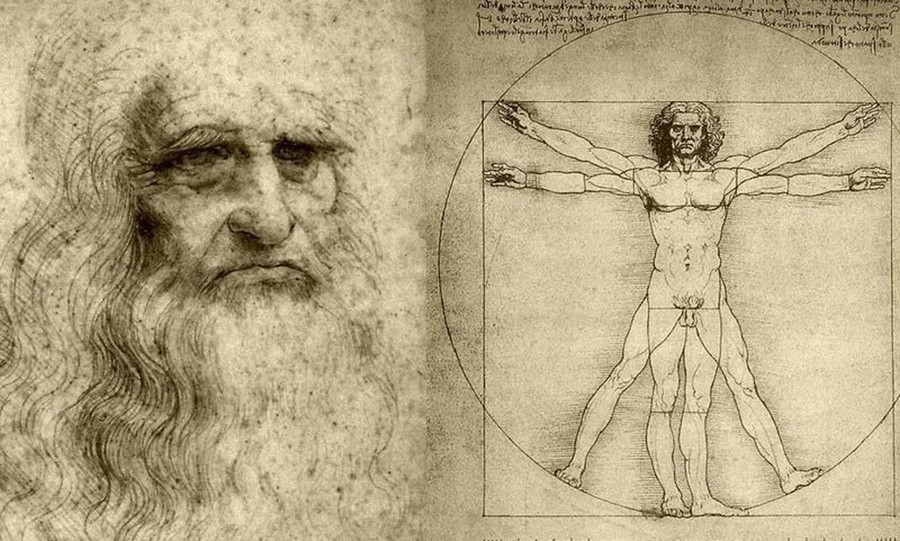The famous mythical legend of King Arthur goes that he pulled his magical Excalibur sword from the stone it was forged in.
And now archaeologists have somewhat mirrored the fabled tale - after excavating a 700-year-old weapon found embedded in rock at the bottom of a lake.
The 14th century sword was discovered at in the Vrbas River, near the village of Rakovice in the north of Bosnia and Herzegovina.
Driven into a solid bit of rock 36ft below the surface and becoming stuck for years in water - the sword has now been dubbed 'Excalibur' after the legendary tale of King Arthur.
Weapons experts are now hailing the medieval discovery as a significant archaeological find.
Ivana Pandzic, archaeologist and curator at the Museum of the Republika Srpska, said special care was needed to free the rusted weapon.
'The sword was stuck in a solid rock, so special care was needed when pulling it out.
'This is the first sword found near the medieval city of Zvečaj, so it has dual value - both scientifically and historically,' she said.
She added that only one other sword from this period has been found in the Balkans over the past 90 years.
Analysis of the blade shows that the sword dates back to the end of the 13th century and the beginning of the 15th century.
The sword was discovered near the ruins of medieval castle in the city of Zvecaj, which was once the seat of Bosnian rulers.
In its early days, the medieval village of Zvecaj had its own nobility and was built around a now-ruined castle located on the left bank of the Mreznica river in the modern county of Karlovac.
After a long and turbulent history, the castle was destroyed in 1777 and today a private house sits on the ruins of the castle walls with parts of the remaining tower.
Although most mythologists and historians agree that the legend of King Arthur's Excalibur is a metaphor for the extraction of iron ore from stone and the event of the Iron Age, in the real world other medieval swords have been found thrust into stones, as was the case in Tuscany's Montesiepi Chapel .
Historians are now trying to determine how it became embedded in the rock and why.










